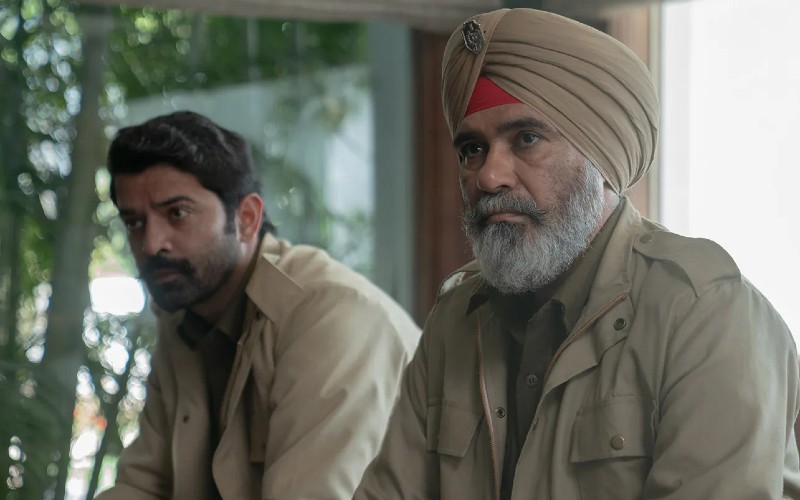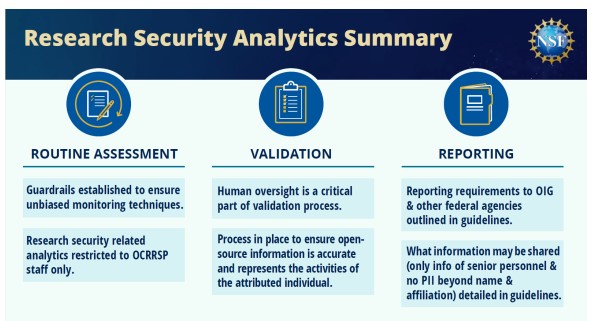The riots of summer 2011 – Is Britain Broken?

Listen to the audio from this session
Introducing the second session at this Academy seminar on the riots, chair Trevor Phillips, Chair of the Equality and Human Rights Commission, warned against planting a pre-existing narrative on the events of the summer. There is a need to listen to the people on the ground who have access to viewpoints unavailable to most of us, he said, in order to find the right questions to enable us to get near the truth. “We need to rely more on science and less on guesswork if we are to stop it happening again.” He agreed these were not race riots and pleaded that people should not let the fear of the facts being misused by racists stand in the way of improving our understanding of events.
Professor Tracy Shildrick [slides], a sociologist and director of the youth research unit at Teesside University, began with words that had been used in the media and elsewhere to describe the rioters as “alienated and disaffected”, “a feral underclass cut off from the mainstream”, “reckless”, “selfish” or simply “just criminals”. Her 12 years of research into the life histories of 400 young people in the North East have provided an insight into the mindset of people who are poor and unemployed. “I was shocked by the level of poverty,” she said. Her work shows that what most want is to work (and not in just in any job), be part of a family, have a home and live in safety. But the labour market in Teesside is “unforgiving”. There was low pay and little job security for those in work and many were cycling in and out of work and benefits on a very regular basis. Many had experienced hardship such as bereavement at a young age. Whilst the risk factors were shared by most, she noted that only a minority were involved in crime. “There is a need to understand youth transitions holistically,” she said. Like others, she was surprised that there were not more riots.
Dr Paul Bagguley [slides] , reader in Sociology at the University of Leeds, looked at what happened during the riots. He focused on the diversity of motivations and actions within crowds. Dispelling the notion that violent crowds are homogenous, he pointed out the diversity among the recent rioters, a variety of actions (looting, violence, etc) and the differing motivations. The only common factors were that most were young men under 30, on foot in urban areas, unemployed and with no family commitments – also a characteristic of riots based on US evidence during the 1960s. “Hence, the search for the typical or average rioter may obscure as much as it reveals about the causes of disorder,” he said.
Two things characterised the August riots and those in 2001 – one was the diversity of offences and the other was variability of actions. In the Bradford riots of 2001, for instance, one rioter served tea and biscuits to the police, but was later spotted throwing stones at the police and looting. Talking to rioters reveals the variety and cycling of emotions through fear and anger to excitement, which can lead to changes of behaviour. The increase in looting was a particular factor in the recent riots, but this may be simply because so many more valuable goods (such as flat screen TVs) are easily portable. To sum up, Bagguley said: “Urban disorders cannot be explained in a simple causal manner” and “it is important to see disorder as a complex emergent process”.
Professor John Solomos AcSS, a sociologist from City University, began by referring to a conference, chaired by Lord Scarman in 1986, about the riots of the early1980s. At that time collective action, racial inequality and the relationship between the rioters and the police were the overriding issues. “Today, the focus is less on collective action and more about individuals,” he said. Now the issues are talked about in terms of moral collapse, ‘Broken Britain’, the so-called feral underclass and the impact of the spending cuts. Many of the tensions which led to the 1990’s riots remain, but they are experienced differently. A frequent feature of riots is rumour about what is happening: particular discussions fit in with the context, and rumours developed in 2011 about policing, stop and search policies. He also noted that “riots develop their own logic and rationality,” so that looting can be perceived as a way of achieving cohesiveness within the crowd.
The discussion focused initially on trying to explain why only a minority of people who share certain characteristics (such as living in poor neighbourhoods with no job) get involved in criminal activities, why a substantial number of the rioters had no previous convictions and why the riots happened in some areas and not others. Trying to find a reason for the rioting is difficult as many rioters are unable to explain their actions articulately, said one speaker. Tracy Shildrick noted the role of community expectations: for example, in a community where passing stolen goods isacceptable and not questioned, looting is more likely to happen. It is important to look at different groups within communities as some members will defy the common behaviour and negotiations result about the trajectory of the actions. She also drew attention to the difficulty for the poor of improving their lives, because of the difficult labour market available to them, and their strong desire to do so. The importance of examining the everyday lives that form the backdrop to big events such as these riots was underlined.
The role of the criminal justice system was also discussed with the difference between the treatment of the MPs caught abusing the expenses system and the looters being highlighted as a source of potential future discontent. Paul Bagguley noted that rioting is a traditional political weapon of those who lack power, being their (perceived) only means of articulating their grievances.
What should social scientists be investigating? We need start by examining who became involved in the riots and why.
The conference was generously sponsored by the social science publishers Routledge and SAGE, with their social science blogging platform, socialsciencespace.com , and by the Institute of Community Cohesion.
Some Further Reading
- Contemporary Social Science: the journal of the Academy of Social Sciences – Special Issue on ‘Crowds’ forthcoming November 2011. website
- Jon Silverman, Crime, Policy and the Media (Routledge, October 2011)
- Steve Reicher AcSS, Mad Mobs and Englishmen ( imminent publication as ebook here )
- Richard Wilkinson and Kate Pickett, The Spirit Level: Why More Equal Societies almost always do Better. (2009).
- Mike Hough and JV Felitzer, ‘Measuring public attitudes to criminal justice’ in Sage Handbook of Criminological Research Methods (2012)
- Joseph Rowntree Foundation report: the lessons to be learned from the Riots (pdf)



























































































During and following the Academy’s conference on the Riots of summer 2011, the speakers were all asked for their thoughts on where the priorities lay for social science research. You can read these and add your own thoughts here